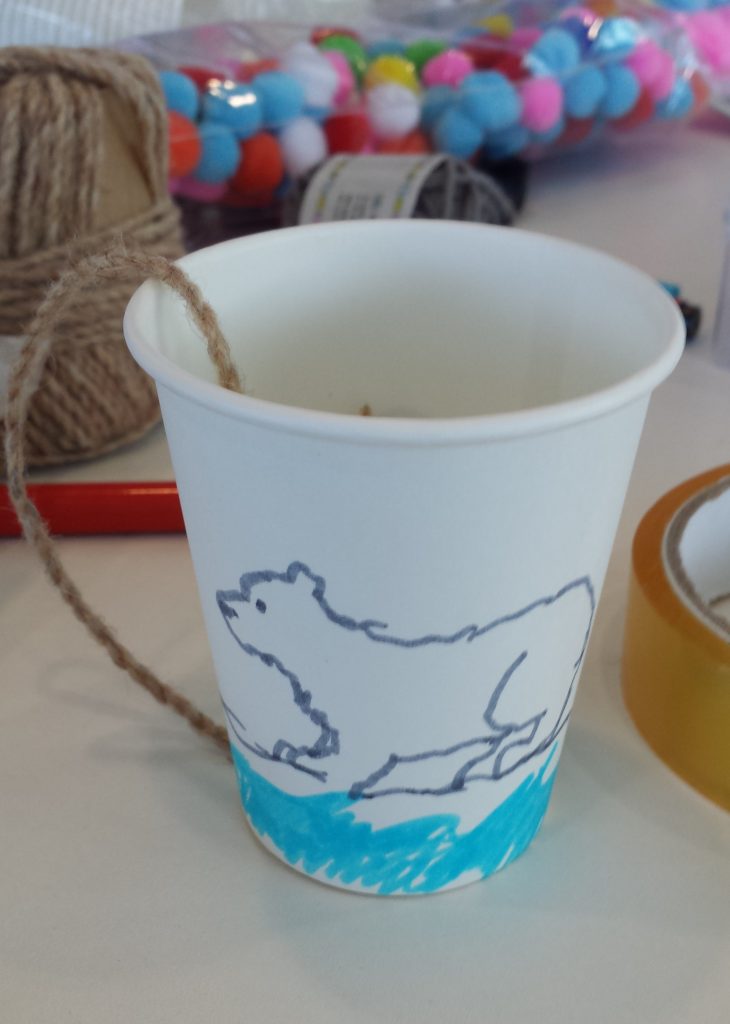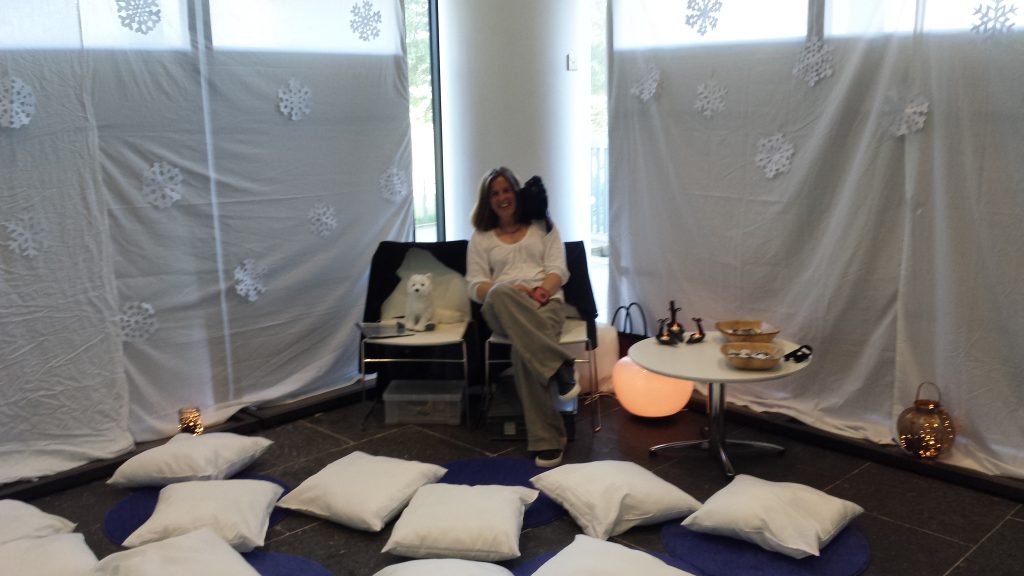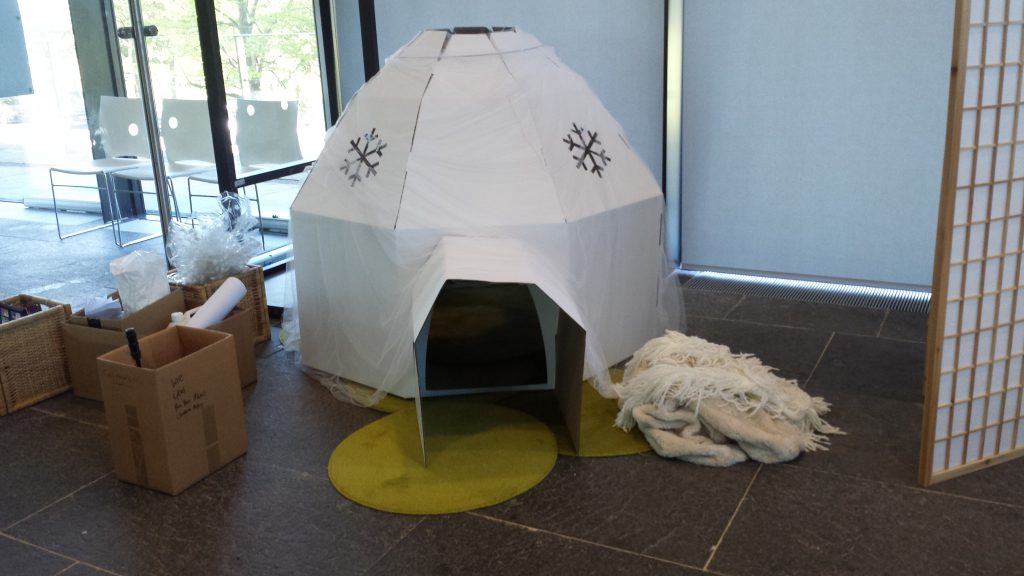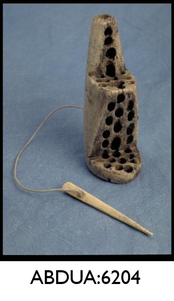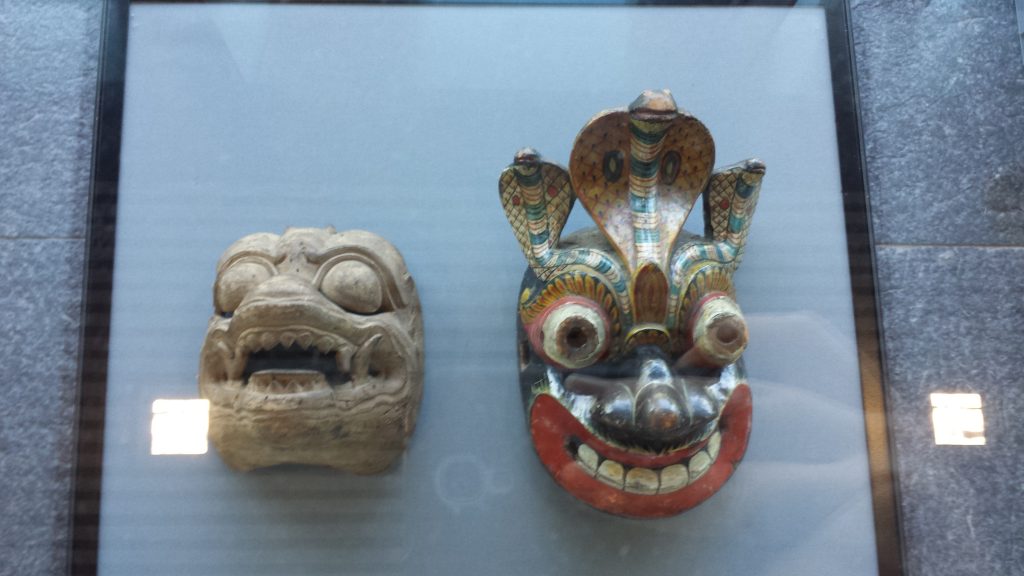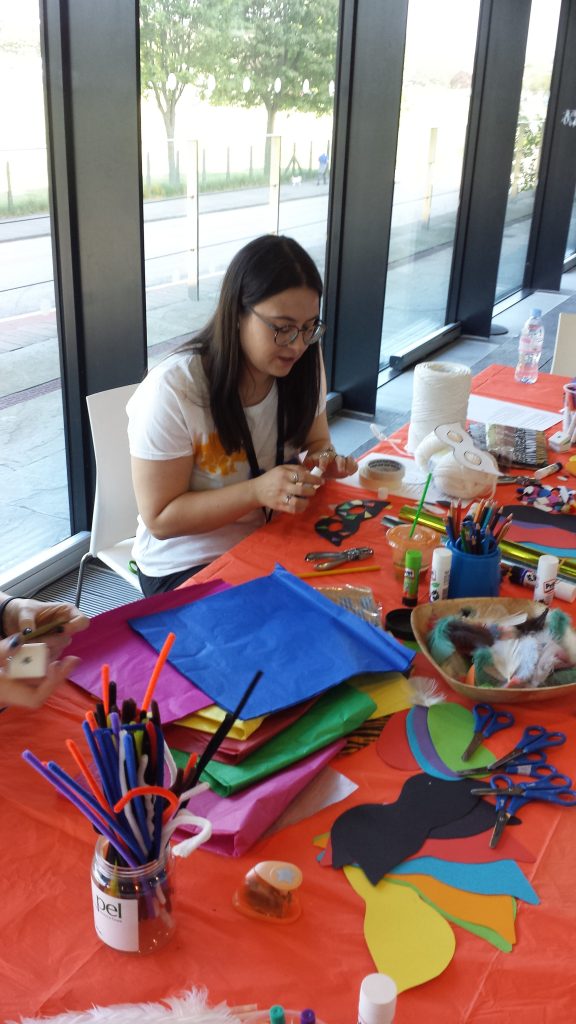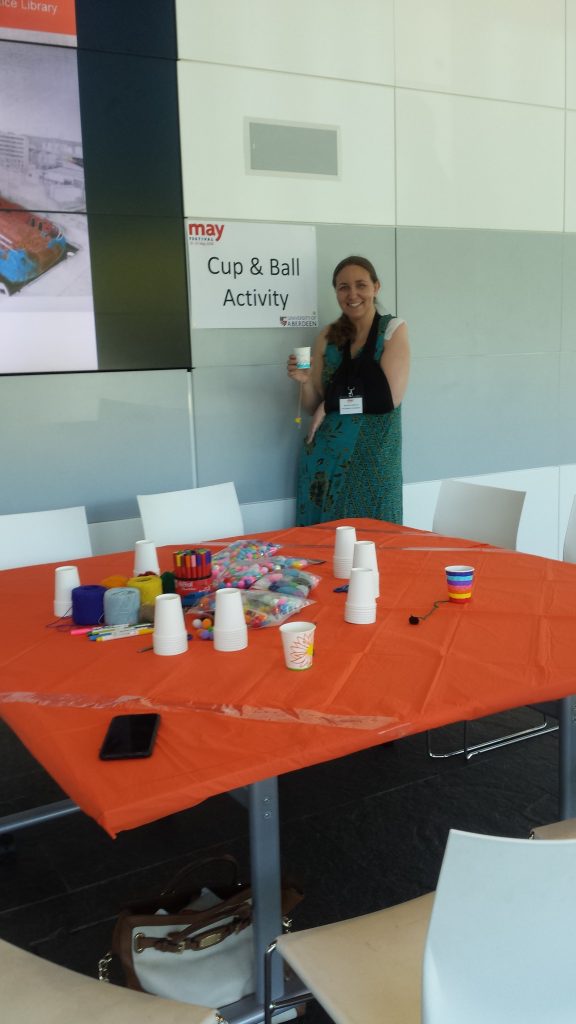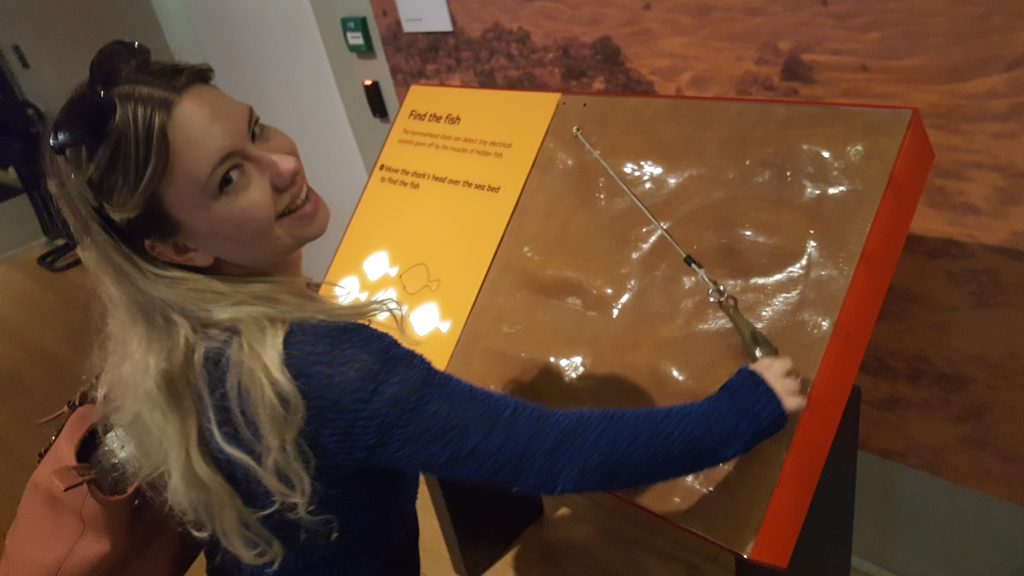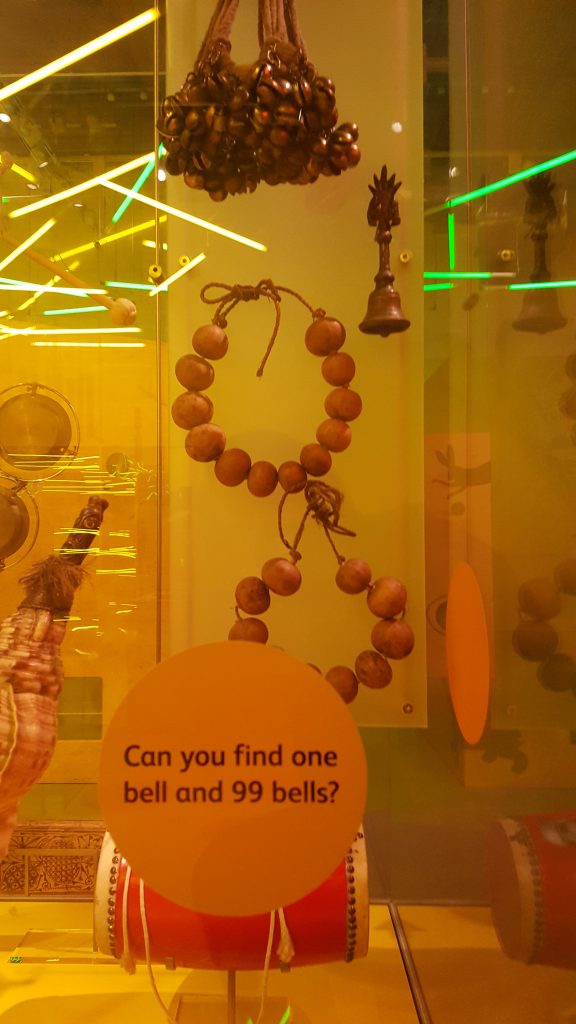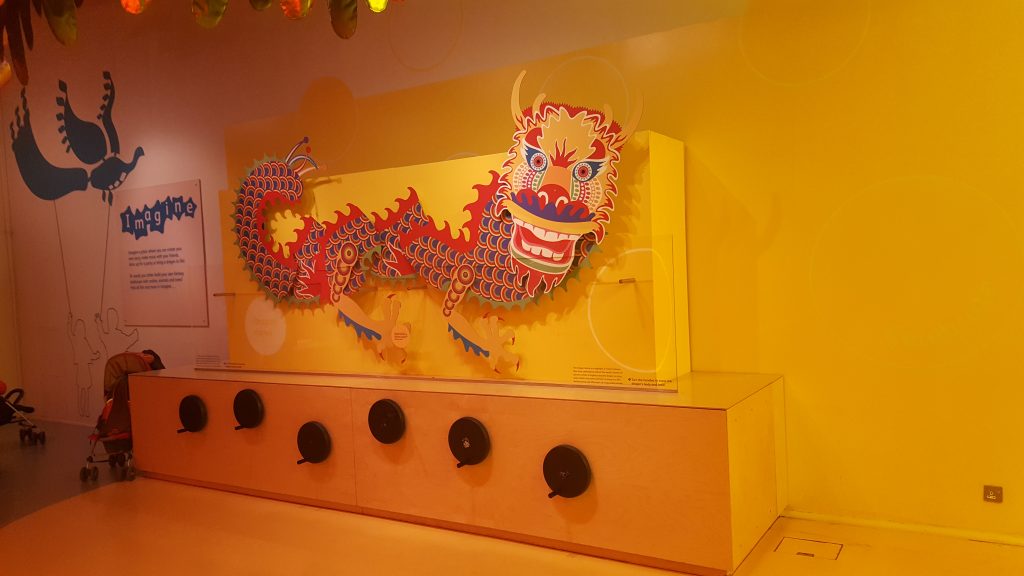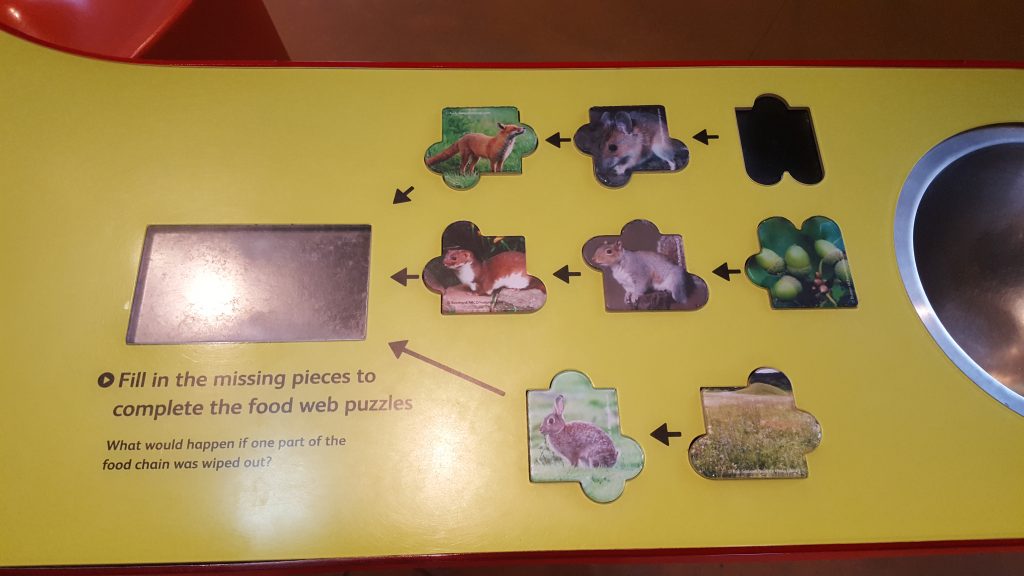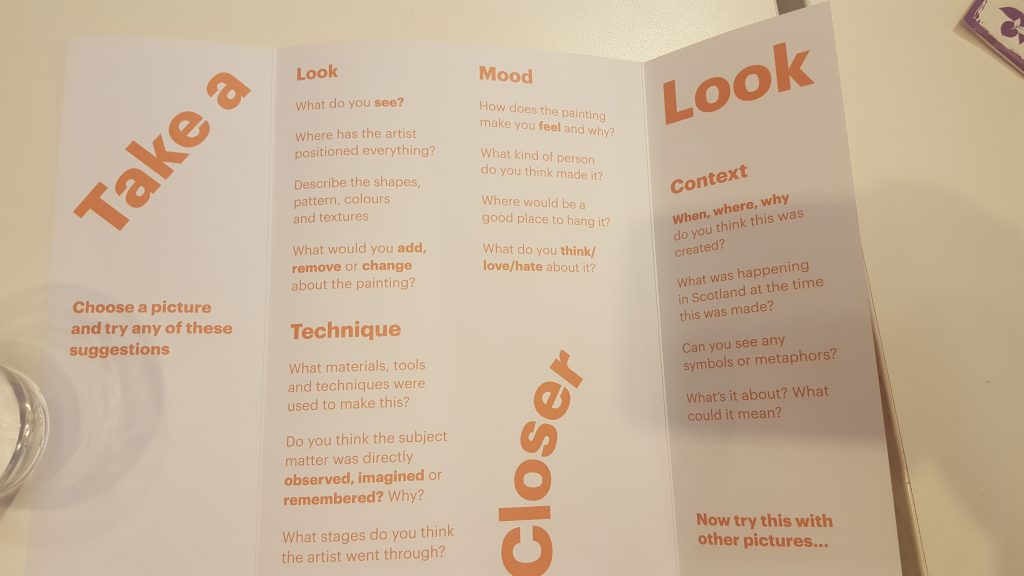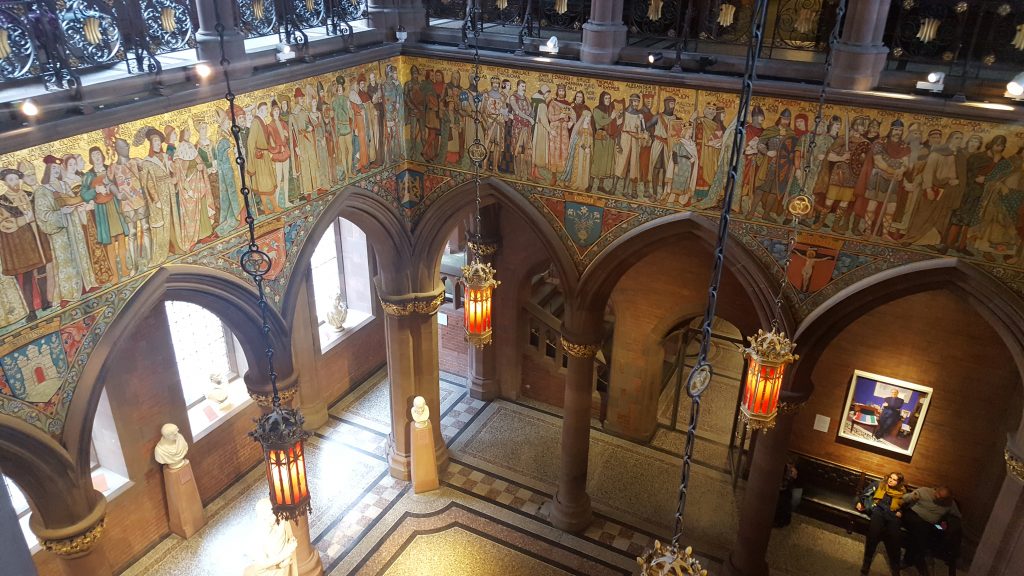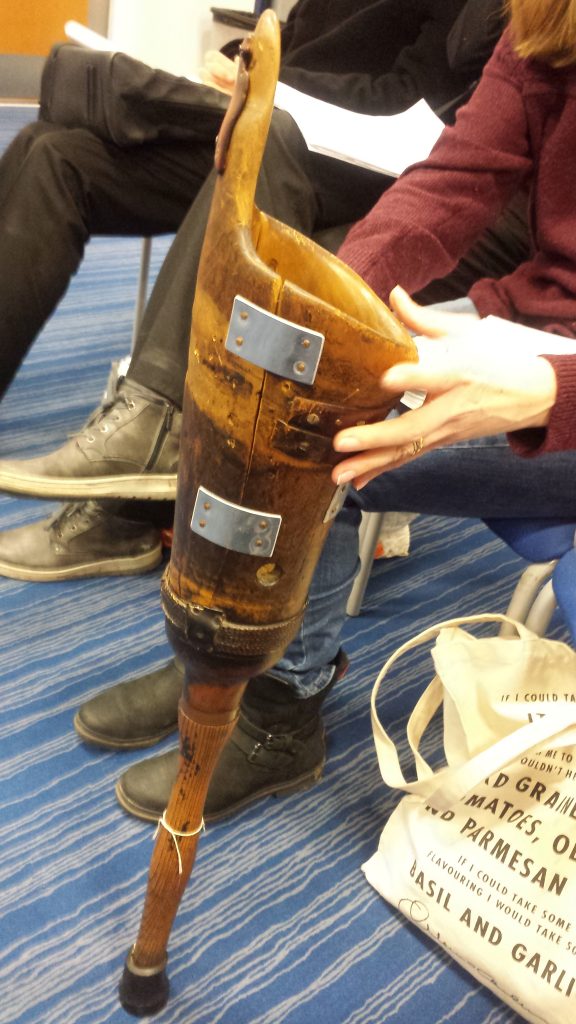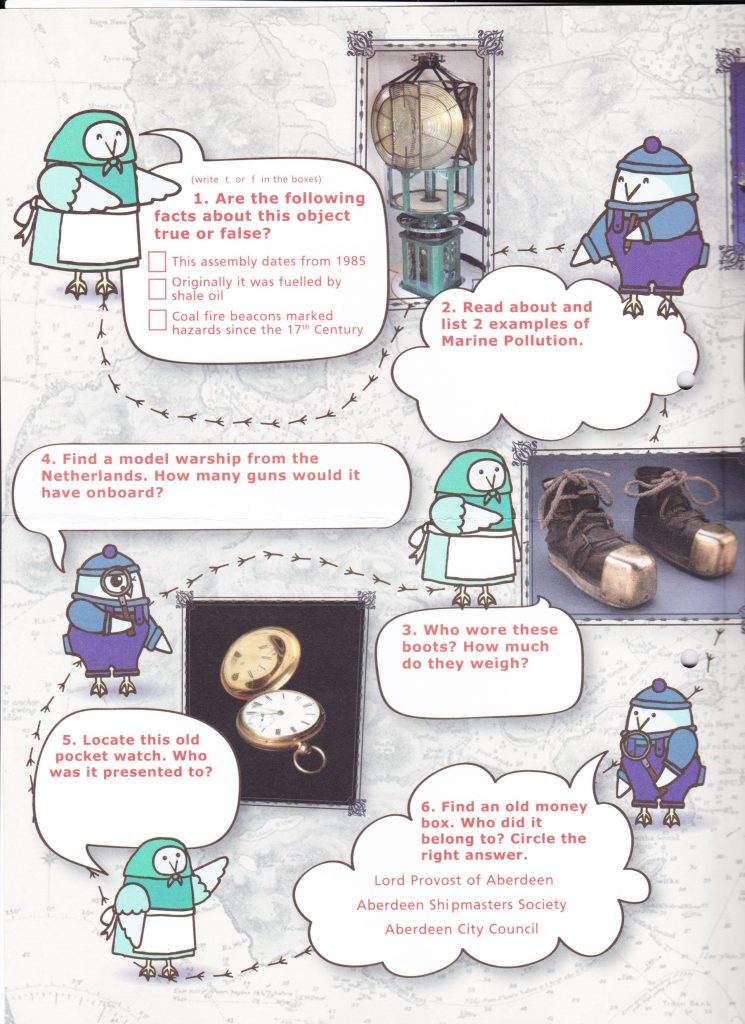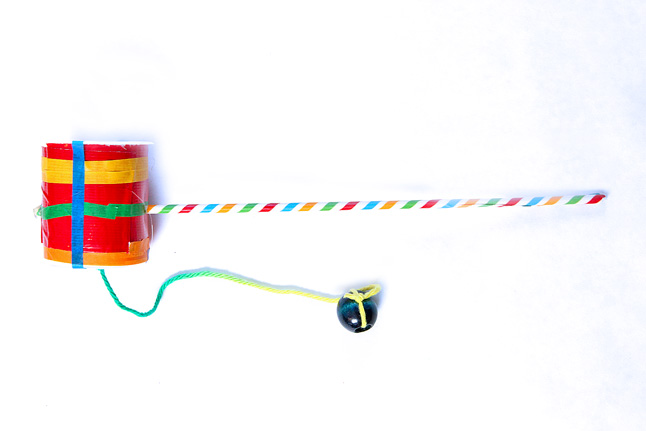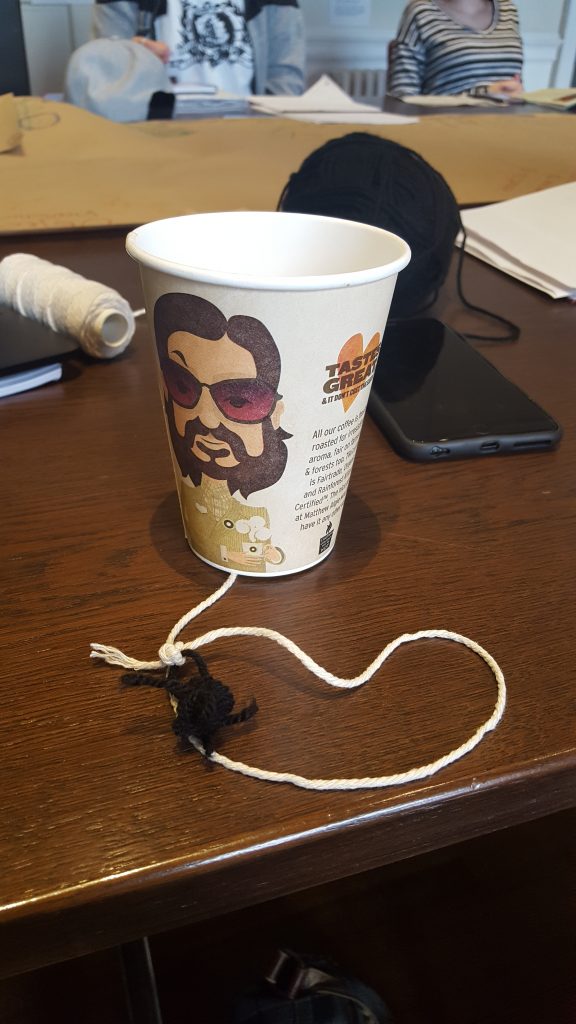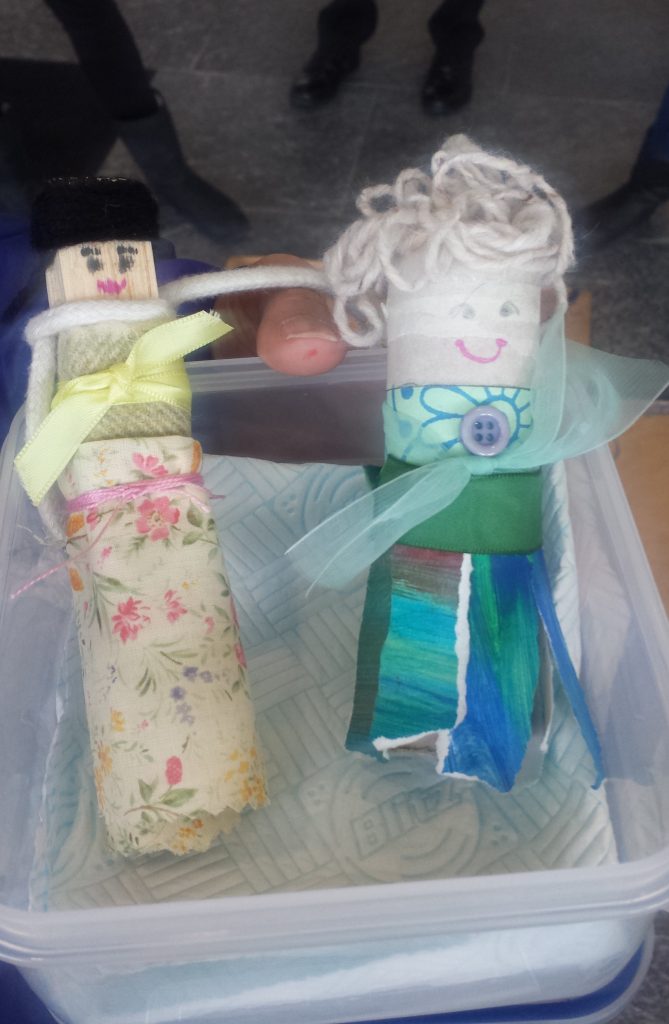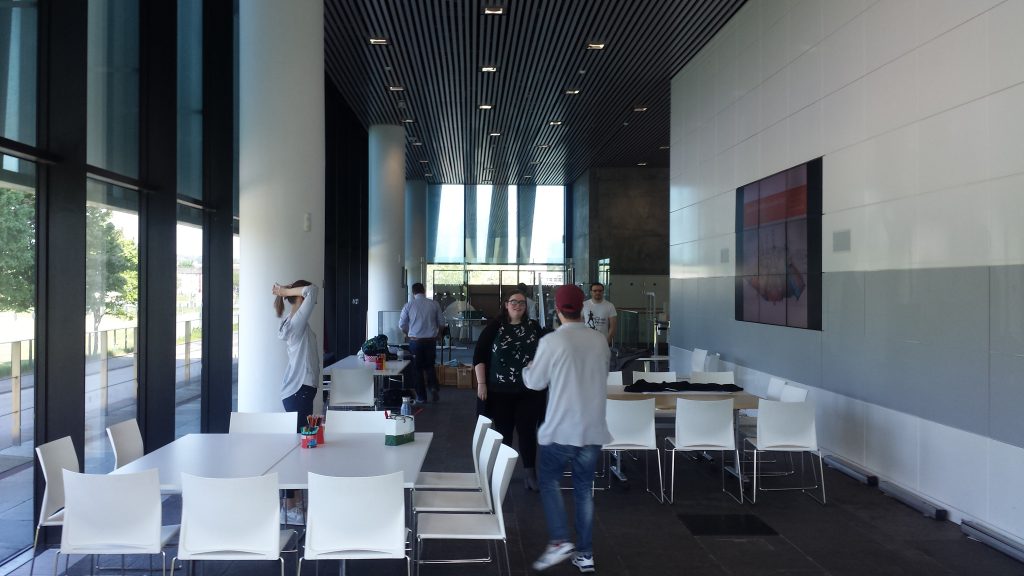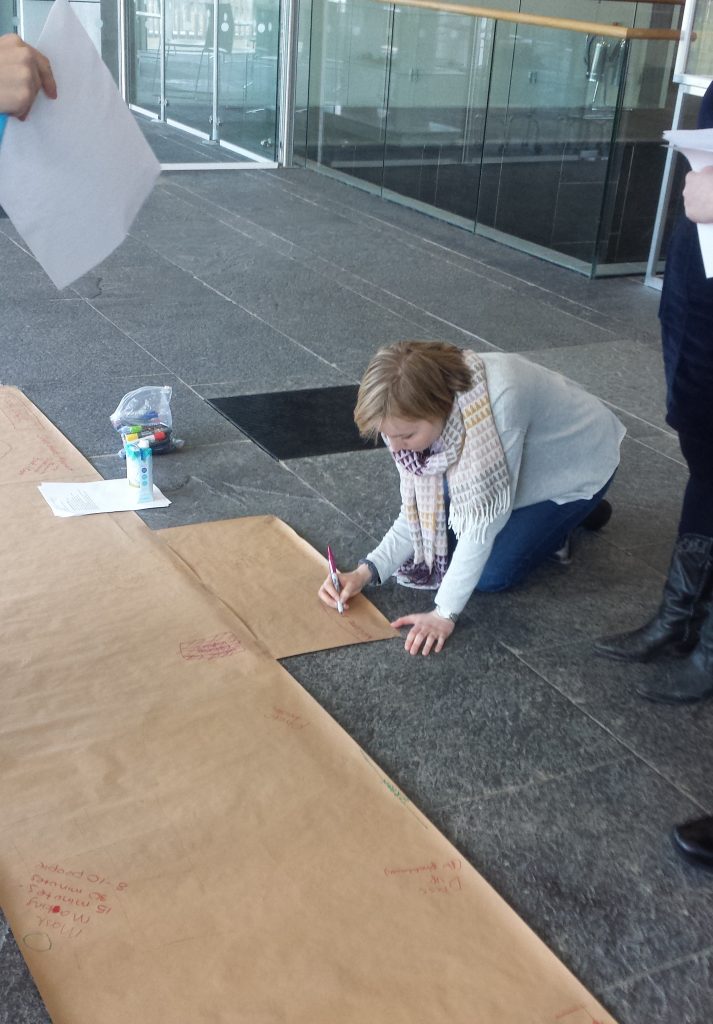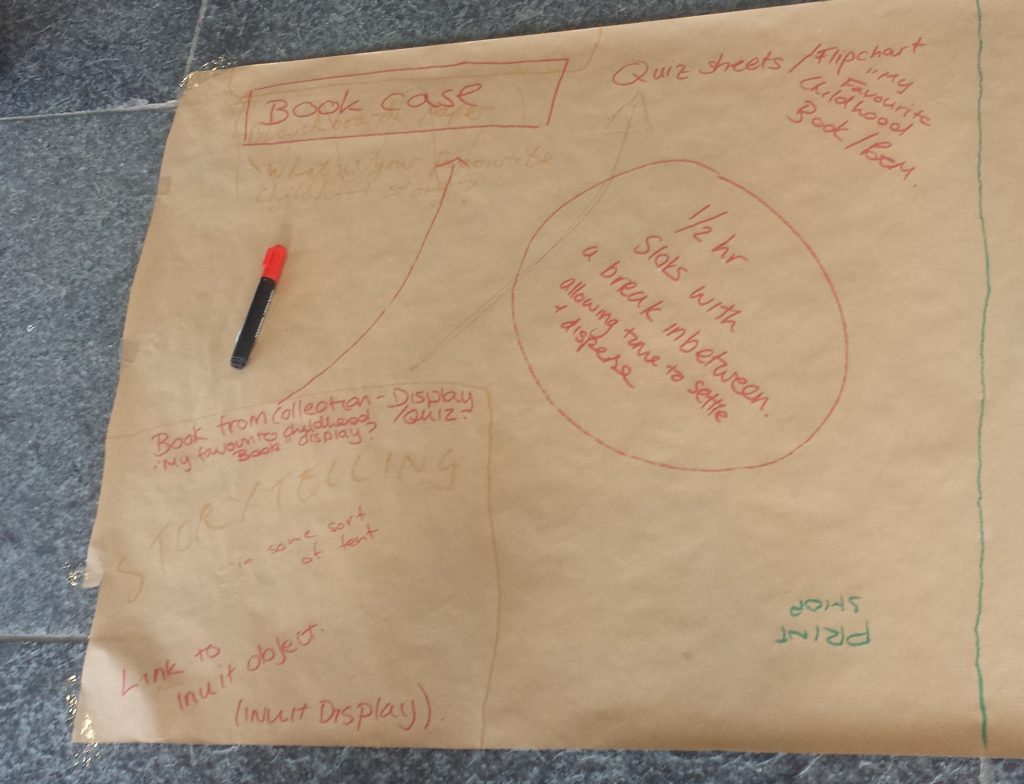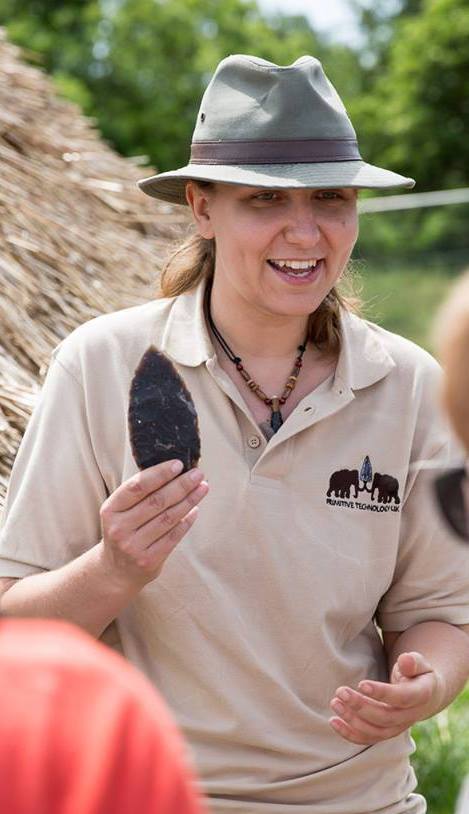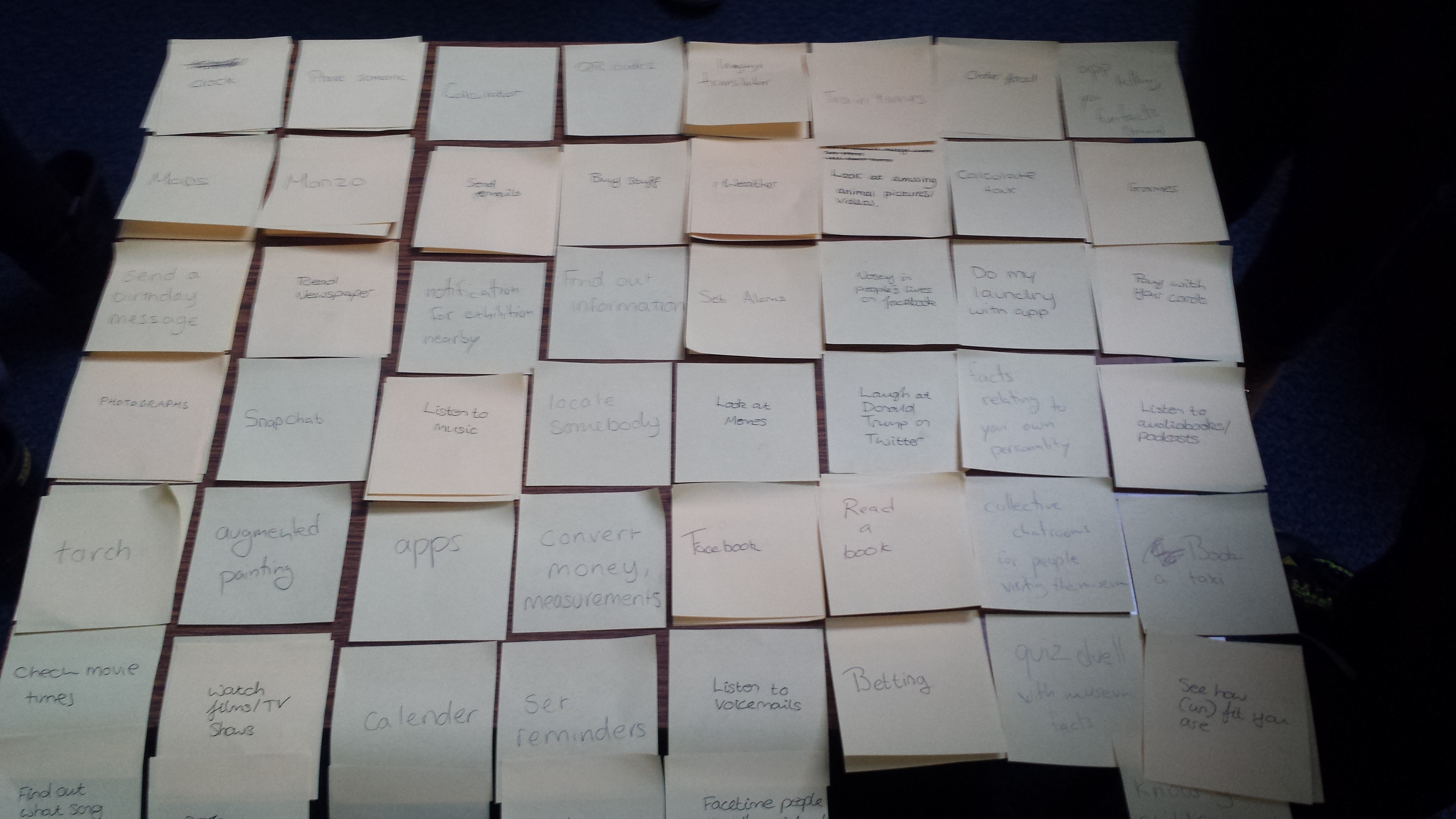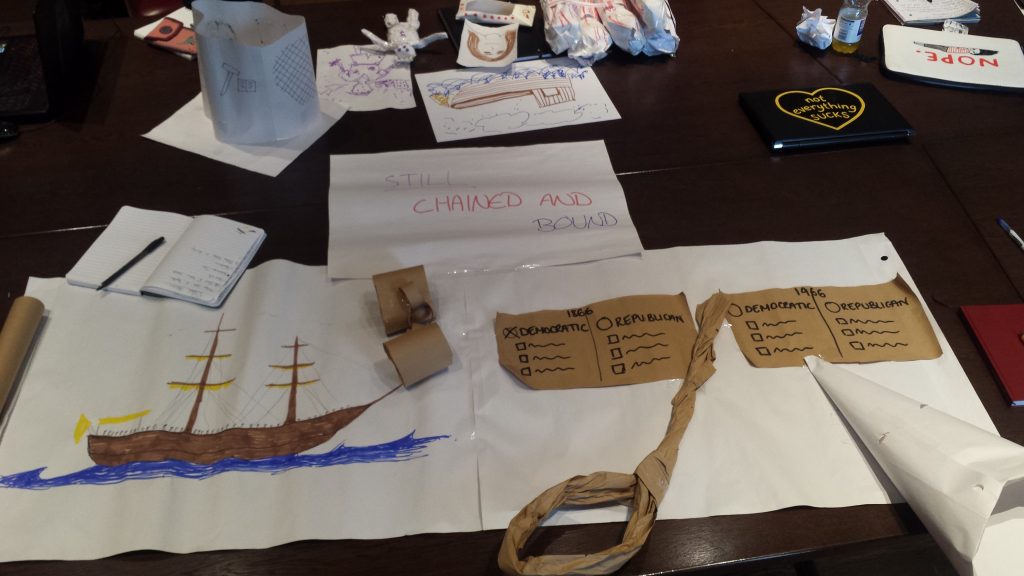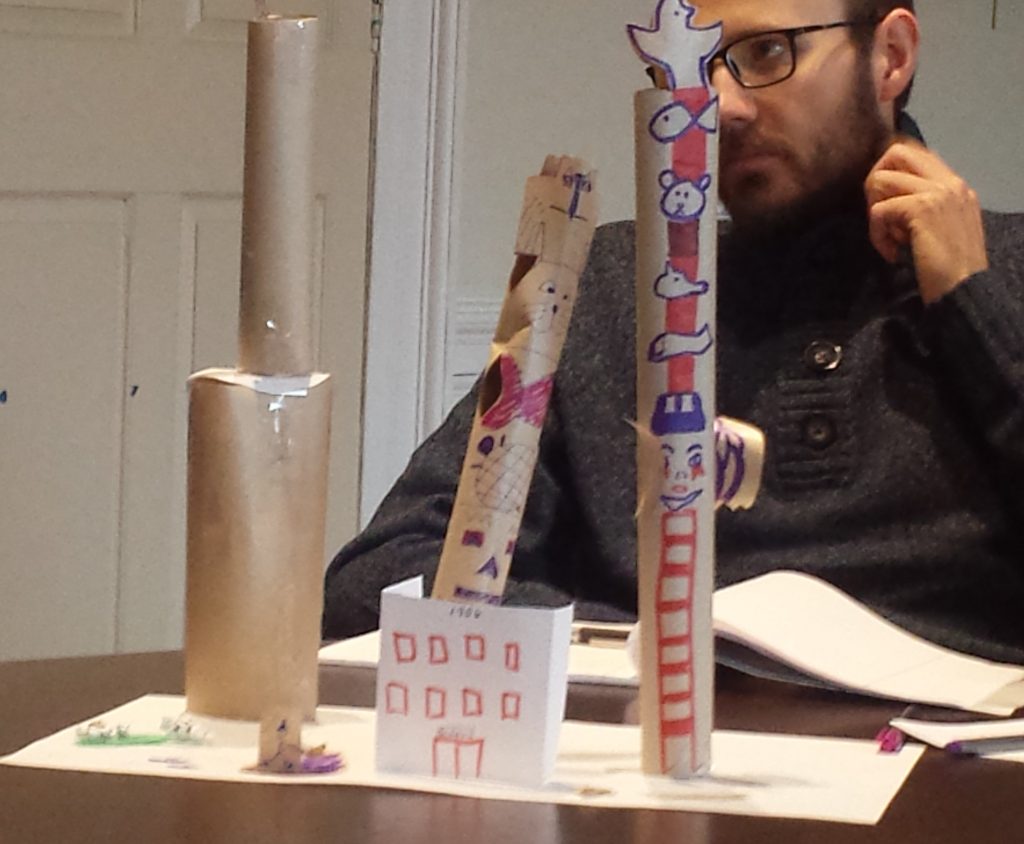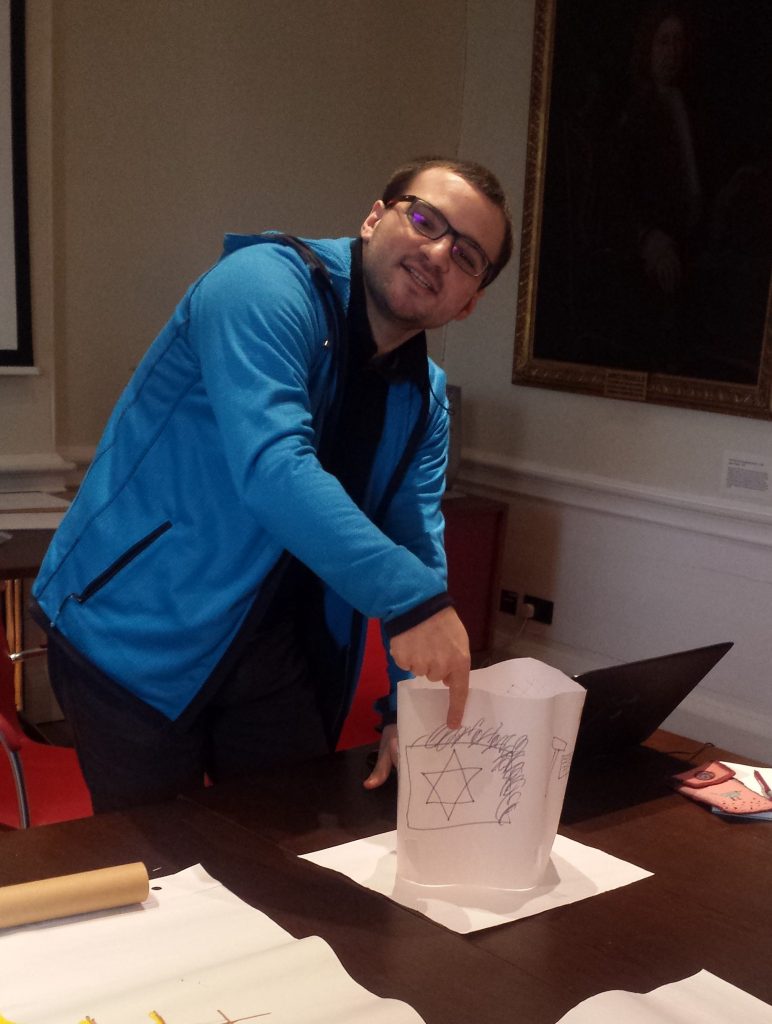As part of the reflective essay for this module I wanted to draw on my previous experience of choosing a museum artefact research in depth from a list given to us as part of AT5043 (2017-18): Researching Museum Collections. As someone currently awaiting an amputation the 19th-century surgeons amputation kit was a definite draw for me to investigate. While I don’t intend to rehash the entirety of my report submitted as part of the assessment of that module, I think it does speak to some of the theory that I read about for the reflective essay for ED553E with regards to free choice learning, self-directed learning, experiential learning, and self reflection (Falk, Dewey, Kolb, and Schön in particular).
Here is the amputation kit I studied (ABDUA: 36872)
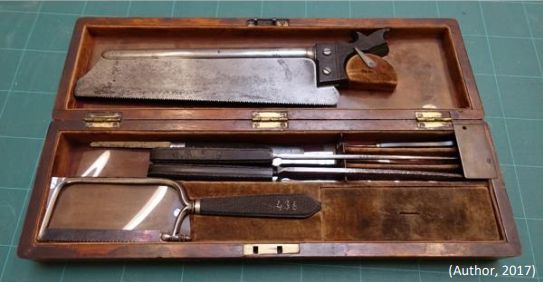
it belonged to Prof Alexander Dyce Davidson, MA, MD, Professor in Materia Medica at the University of Aberdeen in the late 19th century (b. 1845, D. 1886). This kit was donated by Sir Alexander Ogston, KCVO, who taught at the University in various fields in ophthalmology before serving extensively as a military surgeon in the Egyptian War of 1884 and the second Boer War at the turn-of-the-century.
The kit contains several source all of which are damaged in one way or another and two amputating knives with a small short straight ‘bistoury’ knife. The kit has an engraving on the front dated 1870 which would have been around the time that Dyce Davidson was working at the Aberdeen Royal infirmary as a professional chloroform list and I surgeon.

This assessment let me indulge my detective side as there were several points that didn’t quite add up. The University Museum record stated that the handles for the tools were made of bakelite but this was not created until 1907 by which time Dyce Davidson had been dead for 21 years. Following on from this, if the handle was made from vulcanite (aka ebonite) then conservation measures would be required as it contained sulphur compounds which can react with oxygen water to produce sulphuric acid. Personally I think the handles were probably made from ebony which can have very plastic look to it.
I did a lot of investigation trying to find the manufacturer of the amputation kit although this was difficult as there were several different manufacturers marks present on the tools in the case, which itself did not have any indication as to who made it. On the basis that there were more tools from Maw and Sons, London, and the likeness between this kit and the illustrated version in the Maw and Sons catalogue, I inferred that it was this manufacture who produced the kit. Obviously this leads to questions such as why tools from other manufacturers were present; I assumed that this was a “working” kit due to the mismatch tools and wear evident on them and that there must have been a reason for substitution of the original matching tools with those from other surgical supply stores.
As part of this assessment we had to consider personal reflection on the artefact that we have been studying and it occurred to me that it was highly unlikely that any other amputees-to-be had studied this kit. This gave me a connection to the artefact that is obviously very personal and unlikely to be replicated by other visitors, which occasionally made it difficult to research as I was effectively investigating an artefact used to dismember people who had non-functional or damaged limbs, as I do.
I was really engaged with this topic to the extent of discovering the error with the material composition of the tools, and also that the date of birth given the Dyce Davidson in some sources was incorrect -at least judging by the date on his gravestone which I tracked down. I spent a long time researching this artefact and unlike other assignments where occasionally I have had to grit my teeth to get through the less interesting parts, I was self-motivated and looked forward to my research sessions.
I haven’t gone into great detail about this report as obviously I don’t want to self-plagiarise previous work but hopefully this gives some illustration to the benefits of allowing adult learners to choose artefacts that resonate with them.

